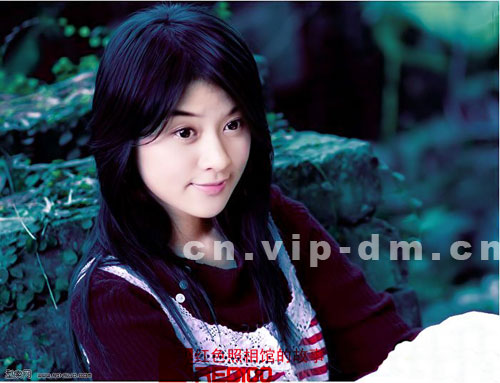19 Secrets of PS Skin Tone Adjustment
1. Curves. The king of color adjustments, incredibly versatile and capable of infinite transformations, but in practical work, curves are not the first choice. So what is? The first choice is —
2. Levels. Adjusting the three sliders can solve most problems, and it's much more user-friendly than curves. To put it simply, if curves are the general, then levels are the vanguard.
3. Hue, Saturation, and Color Balance come in third place.
4. Try to avoid using the "Image Adjustment - Variations" menu. This menu cannot be quantified and does not allow for masks; it’s exclusively for beginners.
5. Do not use the "Image Adjustment - Brightness and Contrast" menu unless absolutely necessary. Brightness often introduces white haze, and contrast frequently becomes unbalanced.
6. If you want to use the "Image Adjustment - Luminosity" menu for anything, you're doomed. Remember: here we're discussing adjusting colors, not coloring. Luminosity is a 100% useless metric that causes more harm than good; never pay attention to it!
7. In summary, if a color adjustment problem has a solution, it can definitely be solved using these five tools: Curves, Levels, Hue, Saturation, and Color Balance. Moreover, we strongly recommend that, aside from these five methods, no other means should be used.
8. Unless it's an extremely simple adjustment, all adjustments must be done on adjustment layers (with variable masks). Doing so offers at least four major benefits:
a. Every step of color adjustment is irreversible, but using adjustment layers makes the reverse process possible, far surpassing the capabilities of the history log.
b. The longer the color adjustment takes, the greater the image loss. Using adjustment layers completely avoids this drawback.
c. Operators can compare the effects of each mask one by one through layer switches, which plays an irreplaceable role in summarizing experience.
d. Adjustment layers can be easily reproduced or copied, making it very convenient for batch series color adjustments. You only need to carefully prepare one, and the rest can follow suit.
9. In short, variable masks are actually a type of channel, and a relatively advanced one at that. Beyond this, there is generally no need to create any special channels or make special adjustments in single channels. In fact, colors as arranged by nature are not isolated (more precisely, I would borrow a medical term and say that different colors compensate for each other), individual adjustments often lead to unintended consequences.
10. Saturation must be used, but with caution. Pale skin essentially has low saturation, but don’t forget that deathly pale skin also has low saturation. Furthermore, excessively low saturation can make images look flat; sacrificing image depth for “pale” skin tone is a cardinal design sin.
11. Eyes should not be overly brightened. An interesting fact is that sparkling eyes aren't achieved by increasing brightness; quite the opposite, they are achieved by reducing brightness. What you should increase is contrast.
12. But like saturation, contrast must also be used cautiously. One rule of thumb is: if contrast is too high, the eyes may appear clearly defined between black and white, but it simultaneously creates an upward gaze, giving the impression that your protagonist is looking up at Buddha.
13. Don’t easily attempt to solve problems using layer blending modes. If you study them closely, you'll find that blending modes more or less reduce image clarity.
14. Caucasian skin tends to be rougher. When necessary, you can add a layer and apply some soft light effects. But remember not to overdo it; it should be subtle enough that it goes unnoticed.
15. Certain details require special handling. Expecting everything to be completed through whole-image adjustments is the lazy and foolish approach.
16. Strangely, sometimes an image seems impossible to adjust further. At such times, save it, exit, and reopen it, and suddenly new possibilities emerge. Believe me, sometimes devils do exist.
17. The fastest skin tone adjustment I've ever done took 20 seconds; the hardest adjustment took a day and night, and... unfortunately, it still ended in failure.
18. There are millions of true colors, and common yellow skin tone adjustment macros alone can produce dozens of variations. There is no universal macro that cures all. Color adjustment plans are as non-repetitive as Go games.
19. The study of color adjustment is boundless. Every time I learn something new, I realize how little I know.




